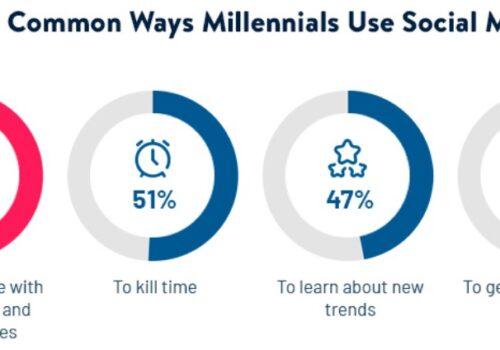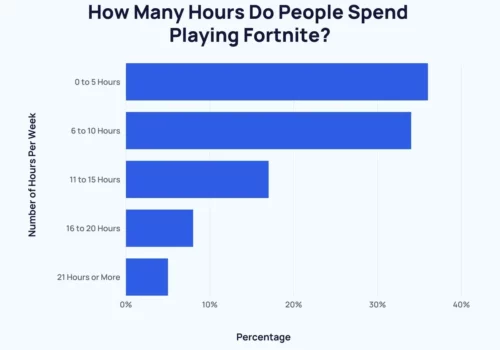Are you ready to explore the fascinating world of e-commerce and SEO? I have some amazing statistics, facts, and figures that will surprise you.
If you’re interested in online shopping or selling or just curious about how it works, you’ve come to the right place. I will demonstrate how SEO can help online shops increase their visitors and sales.
To improve your internet business SEO methods, all e-commerce websites should be optimized for SEO. You won’t be able to use SEO optimization unless you understand how essential it is.
Therefore, why is SEO so crucial for e-commerce? Let’s dive in and learn more about what drives e-commerce and how being savvy with SEO can make a significant difference!
| Statistic | Detail |
|---|---|
| Google’s Organic Traffic Contribution | 43.0% of all e-commerce traffic |
| Discovery of New Companies or Products Online | 51% of internet users |
| Influence of Location on Search Engine Results | At least 30% |
| Conversion Rates for ‘Near Me’ Searches | 28% of local product/service searches end in a purchase |
| Global Organic Traffic by Google Platforms | 92.96% (Google Maps, Google Images, Google Search) |
| Origin of Online Searches | 68% start on a search engine |
| Clicks on Google’s Second Page of Search Results | 0.78% |
| Pages with Top Rankings Without a Meta Description | 25.02% |
| Average Cost for Posting a Guest Article | $77.80 |
| Mobile Device Usage for Internet Access | 52.2% |
| Use of Voice Search for General Information | 48% |
| Click-Through Rate (CTR) for Google Position #1 | 34.36% |
| Google Clicks on First Five Organic Results | 67.60% |
| Performance of Long-tail SEO Strategy (Four Words) | 3-6% better than typical one-word searches |
| Proportion of Google Searches That Are Local | 46% |
| Use of Search Engines for Starting Online Purchases | 44% |
| Proportion of E-commerce Orders from Organic Traffic | 23.6% |
| Amazon’s Growth in Organic Search Performance on Google (2023) | 12.57% |
| First Destination for Shopping Planning | 56% go to Amazon |
| Proportion of Daily Searches on Google That Are New | 15% |
SEO’s Influence on E-Commerce
E-commerce SEO Statistics 2024
Image Credit: Pexels
- Google’s organic traffic accounts for at least 43.0 percent of all e-commerce traffic.
- The majority of individuals use search engines to find out more information. As per Think With Google, nearly 51% of internet users have discovered a new company or product online.
- The majority of search engines leverage location to deliver results to users. Your location directly influences at least 30% of all search engine results that you see.
- As per Think with Google, conversion rates are likely to rise when using keywords that include “near me” expressions. A minimum of 28% of all local product or service searches end in a purchase.
- At least 92.96 percent of all organic traffic worldwide is generated by Google Maps, Google Images, and Google Search.
- Any e-commerce platform’s growth depends heavily on search engines. A search engine is where at least 68 percent of all online searches start.
- On the second page of search results, 0.78 percent of Google visitors will click. As a result, every business should work to improve its landing pages and rank well in search results.
- Only 25.02 percent of pages with the highest rankings lack a meta description.
- The average cost of posting a guest article is $77.80, which is highly pricey for most internet businesses.
- The majority of individuals visit the internet on their mobile devices. Nearly 52.2% of all internet traffic worldwide, as per Statista, comes from smartphone devices.
- When looking for general information on the internet, only 48 percent of consumers use voice search.
- A 34.36 percent CTR can be found for Google position #1.
- Google clicks accounted for 67.60% of the first five organic results.
- The (four words) long-tail SEO approach performs three to six percent better than a typical (1 word) search.
- Local searches make up about 46 percent of total Google searches (Millimetric). It can be tempting to view your audience as broadly as possible, but since over half of all queries are local, you should also take into account your local community, which may be easier to approach.
- Search engines are used by 44 percent of people to begin their internet purchases.
- Organic traffic accounts for 23.6% of all e-commerce orders.
- With a 21 percent gain in search exposure, Amazon had the largest overall growth in organic search performance on Google in 2018.
- If customers are planning to shop, 56 percent of them go to Amazon first.
- 15 percent of everyday searches are brand-new to Google out of the billions that take place each day.
FAQs
🤔 What's a key e-commerce SEO statistic for online store growth?
A critical e-commerce SEO statistic for online store growth is the fact that 39% of global e-commerce traffic originates from search engines.
📈 Why is SEO crucial for e-commerce, and can you share a compelling fact?
One compelling fact is that 68% of online experiences begin with a search engine, emphasizing the importance of appearing prominently in search results. Additionally, 53% of organic search clicks go to the top result, highlighting the competitive nature of SEO rankings.
💡 What's a significant figure on SEO's impact on e-commerce sales?
When it comes to the impact of SEO on e-commerce sales, one significant figure is the conversion rate. Businesses that invest in SEO can achieve an impressive 14.6% conversion rate, in contrast to just 1.7% for traditional outbound marketing methods.
💻 How do site speed and load times affect e-commerce SEO?
Site speed and loading times significantly impact e-commerce SEO. Studies show that even a mere 1-second delay in page load time can result in a 7% reduction in conversions.
💳 The influence of product reviews and ratings on e-commerce SEO?
Product reviews and ratings wield considerable influence on e-commerce SEO. Products with reviews enjoy a 12.5% higher conversion rate than those without.
🛒 How do UX and site architecture impact e-commerce SEO?
UX and site architecture are crucial for e-commerce SEO. Poor UX can cause a bounce rate of over 90%, emphasizing the need for user-friendly and navigable sites, which can positively impact SEO performance.
Quick Links:
- Generation Z Statistics, Facts, and Trends
- College Graduation Statistics, Facts and Figures
- Logo Statistics: Stats, Facts, And Trends About Logos That Will Make You Think
- Ecommerce Statistics: Useful eCommerce Statistics You Must Know
Conclusion: E-commerce SEO Statistics 2024
As I wrap up this exploration of e-commerce and SEO, it’s clear how key SEO is for online shops to succeed.
The stats and tips I shared show how digital marketing is always changing and the great opportunities for growth on the internet.
Remember, whether you’re a small start-up or a big online retailer, using SEO smartly can really boost your business. Keep these ideas in your strategy, and watch your online business grow!
Sources:
Sources are not hyperlinked, but the stats have been taken from below names mentioned in the article:
Wolfgang Digital, Think With Google, Sparktoro, BrightEdge, Backlinko, Ahrefs, Statista, Search Engine Land, Safari Digital, Zero Limit Web, nChannel, Business Insider, Kenshoo





